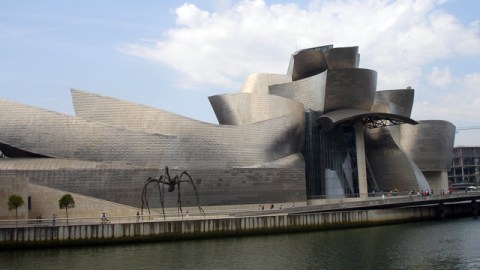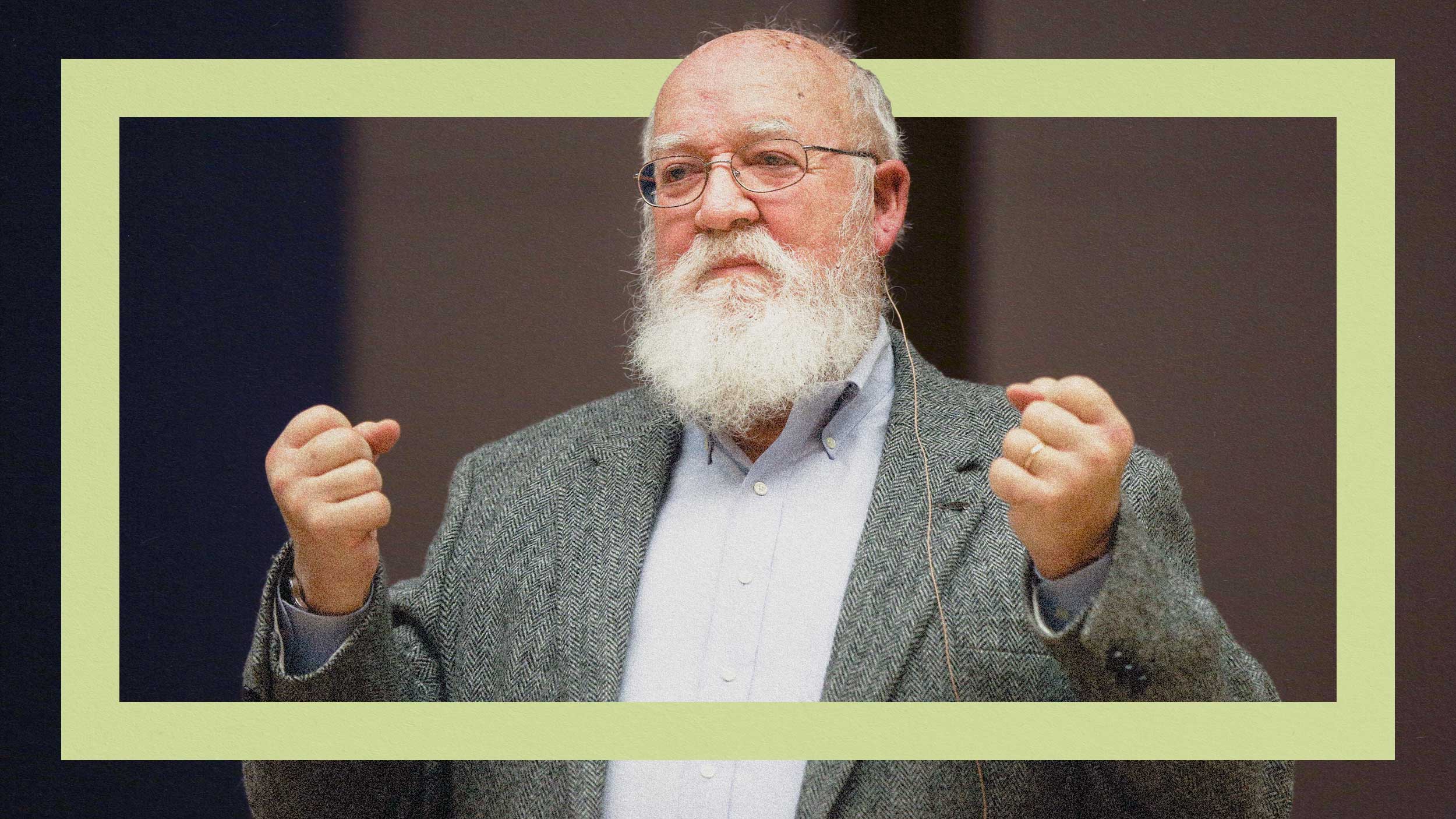New Yorker Architecture Critic Paul Golberger on the Value of “Starchitects”

Has the rise of celebrity architects over the past couple of decades been good or bad for the design of buildings, generally? New Yorker architecture critic Paul Golberger says that while “starchitects” like Frank Gehry may have caused us to think about buildings less critically, their work has generated far greater interest in architecture today than there has been in our lifetimes.
“You know, architecture is now part of the general cultural dialogue,” he says. “Inevitably that’s going to create more interest in more buildings that will get more people engaged and excited. And so the more people see buildings that arouse their passions, whether positively or negatively, the more they kind of want more.”
In his Big Think interview, Goldberger also talks about how the recession has affected architecture, saying that while it has severely cut down on the number of buildings being built, one upside might be that the lack of resources can “cleanse a lot of the crap out of the system.” “We’ve just come through a period of enormous and, in some ways excessive, prosperity,” says Goldberger. “A lot of what we’ve built has been excessive and more than a little vulgar. So if the recession puts an end to the McMansion, it will have been a social good in some way actually.”
On some level, Goldberger says, the idea of “green” architecture has become so widespread in modern building practices that it’s no longer really worth talking about. “We’ve learned how to make traditional—by traditional I don’t mean historical, I just mean regular buildings—in a much more energy-efficient way than we used to,” notes Goldberger. “So the question about how will green architecture change the appearance of buildings may end up being answered by saying, ‘Not very much.’ But not because green architecture isn’t happening, it’s because we’ve learned to integrate it so well that it doesn’t change the appearance as much as we thought.”
Goldberger says that the current moment in architectural history, if he had to put a label on it, is a “period of late-modernism, renewed modernism in which the modern style, which was mistakenly given up for dead in the ’80s with post-modernism, has kind of come back, reinventing itself much more urbane, correcting some of the mistakes of modernism the first time around when it was so anti-urban. And with much more either restraint, in some cases, and clarity and almost sometimes minimalism, and/or a kind of more expressionistic strain.”
Finally, Goldberger talks about building progress at One World Trade Center, and the politics surrounding the rebuilding of Ground Zero in New York. He says that the site really called for a “bold and visionary” project, and that we really have not succeeded in that. “I think a great tower would have had a place there,” he says. But instead “we’re doing a building that is not that different from a lot of commercial buildings built everywhere, and in fact, not as good as many of them.”





